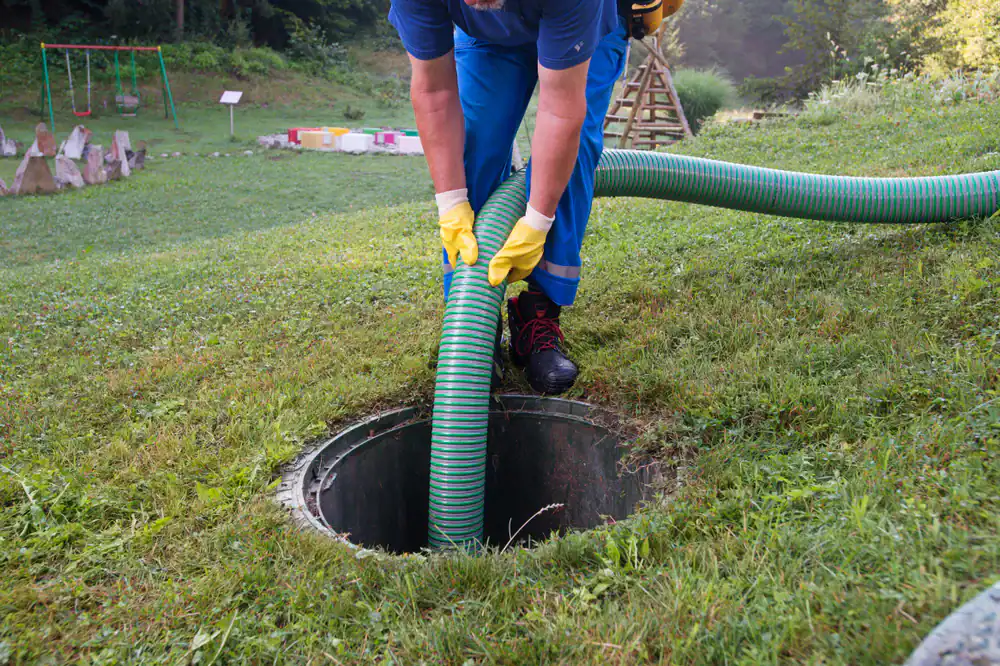
Our Reviews
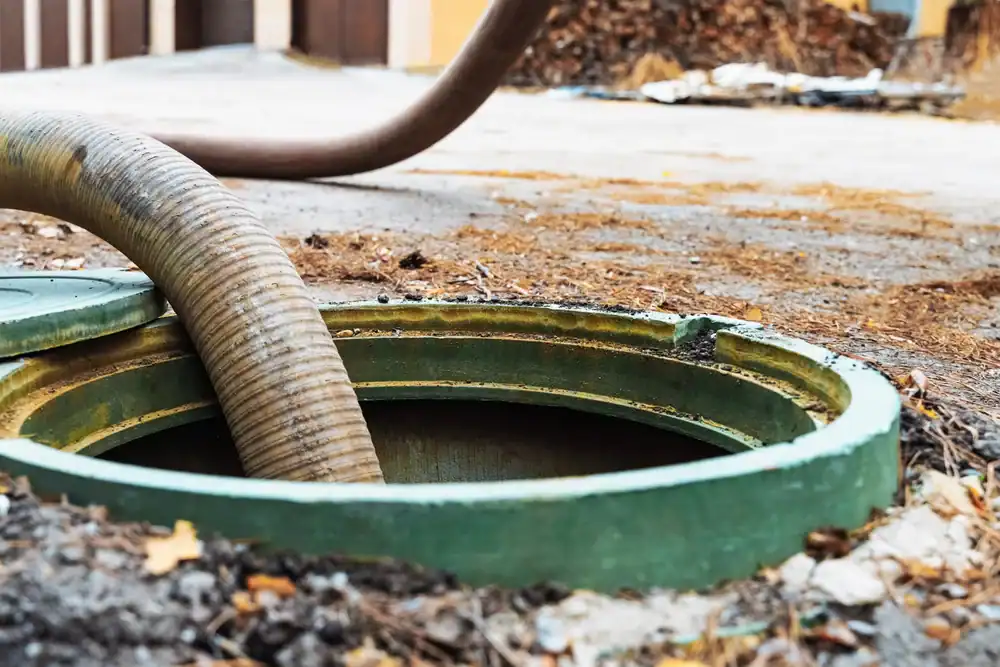
You’re not dealing with sewage backing up into your home during family dinner. Your drains actually drain instead of gurgling and moving slow. That wet, soggy patch in your yard where nothing should be wet disappears.
Your septic system works the way it’s supposed to work. Quietly. Efficiently. Without you having to think about it until it’s time for the next scheduled cleaning.
Most Palos Park homeowners don’t realize their septic tank needs pumping every 3-5 years according to Illinois EPA guidelines. When you stay on schedule, you avoid the expensive emergency calls and system replacements that happen when tanks get neglected.
We’ve been serving Chicagoland homeowners for years with the kind of reliable septic services you can actually count on. We’re licensed, bonded, and insured because that’s what professional septic work requires.
Palos Park has its own septic ordinances under Illinois Department of Public Health regulations, and we know exactly what those requirements mean for your system. We’ve seen what happens when companies cut corners or don’t understand local codes.
You get upfront pricing before we start, experienced technicians who show up when scheduled, and work that’s done right the first time. No surprises, no upselling, no wondering if you’re getting taken advantage of.
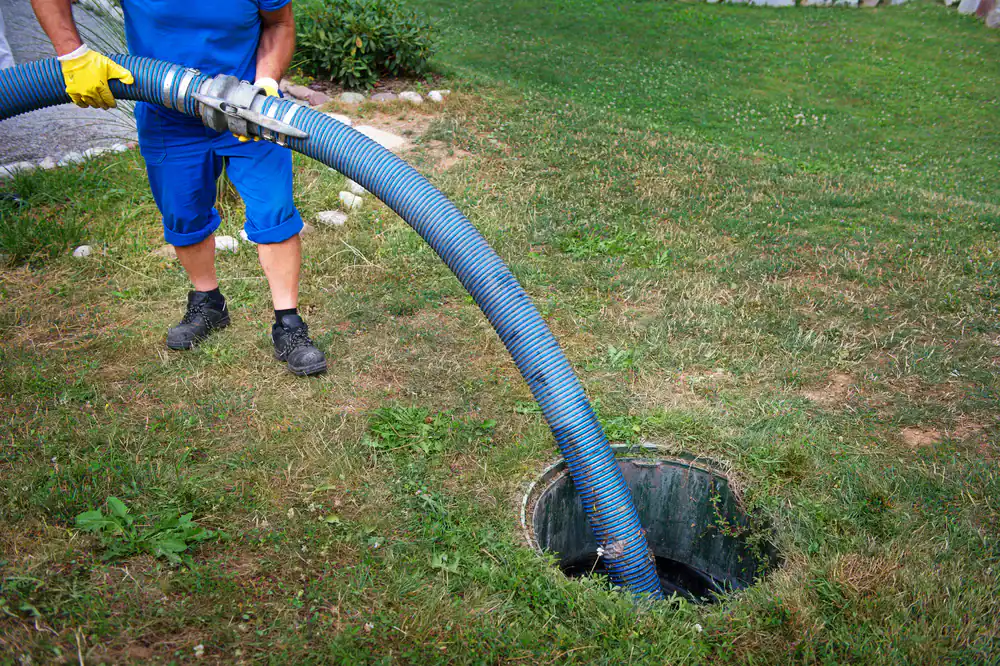
First, we locate your septic tank and remove the access covers to inspect the current sludge and scum levels. Illinois regulations require pumping when these layers exceed 33% of your tank’s liquid capacity, and we measure this precisely.
Our truck-mounted pumping equipment removes all accumulated solids and liquids from your tank. We don’t just pump and leave – we inspect the tank walls, baffles, and outlet filter for any signs of damage or needed repairs.
After pumping, we check your system’s overall condition and let you know when you should schedule your next service. Most Palos Park homes need pumping every 3-5 years, but we base our recommendation on your specific tank size, household size, and water usage patterns.
We clean up completely and provide you with a service record for your files. You’ll know exactly when your system was last serviced and when it needs attention again.
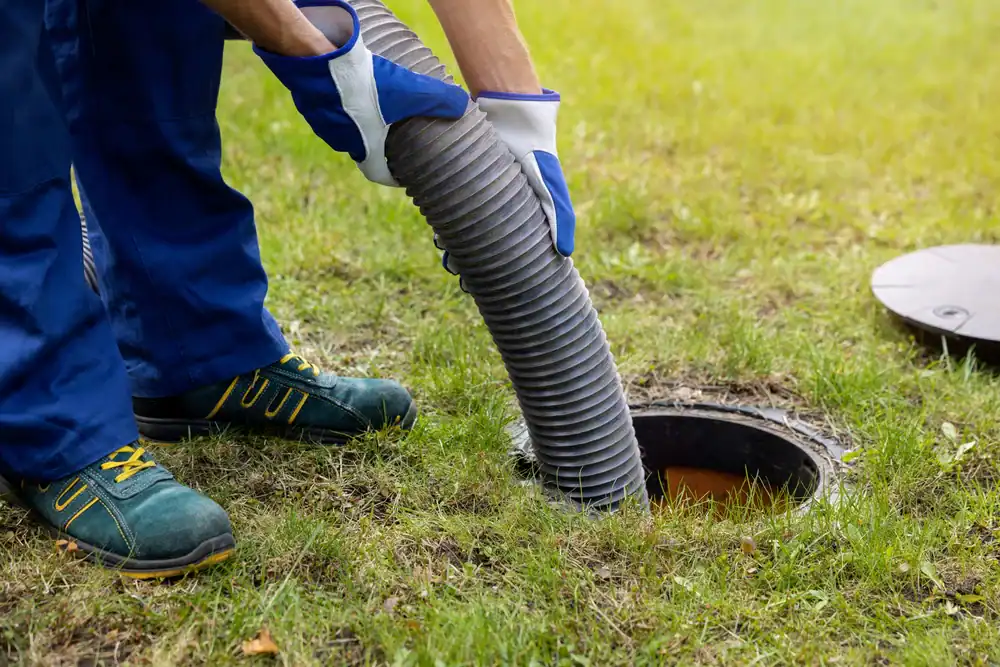
Ready to get started?
Your septic tank cleaning includes complete pumping, thorough inspection, and honest assessment of your system’s condition. We check for leaks, examine baffles and filters, and identify any maintenance issues before they become expensive problems.
Palos Park’s soil conditions and local regulations create specific challenges for septic systems. Clay soils common in this area can affect drainfield performance, and we understand how these local factors impact your system’s maintenance needs.
We also handle emergency septic pumping when your system backs up or shows signs of failure. Soft, soggy areas in your yard, slow drains, or sewage odors mean you need immediate attention to prevent health hazards and property damage.
Our service includes system evaluation to determine optimal pumping frequency for your specific situation. Larger families or higher water usage may require more frequent service than the standard 3-5 year schedule.
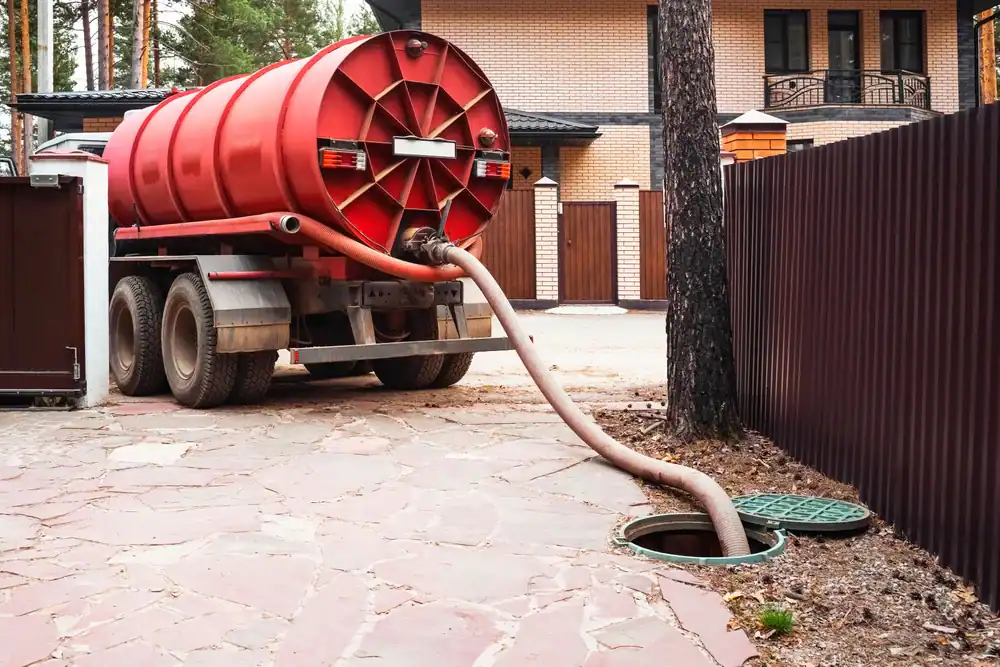
The Illinois Environmental Protection Agency recommends pumping every 3-5 years for typical residential systems, but your specific needs depend on tank size and household size. Illinois regulations actually require evaluation within 3 years of installation, then every 5 years after that.
If your tank’s scum and settled solids exceed 33% of the liquid capacity, pumping is required regardless of timing. Larger families, heavy water usage, or garbage disposal use can mean you need more frequent service.
We evaluate your specific situation during service and give you an accurate timeline based on your actual usage patterns, not just generic recommendations.
Sewage backing up into your home is the most serious sign, but you’ll usually get earlier warnings first. Drains that empty slowly, especially in lower levels of your house, often indicate a clog between your home and the septic tank.
Bad odors around your tank or drainfield mean something’s not working properly. Your system shouldn’t produce noticeable smells when it’s functioning correctly.
Wet, soggy, or unusually green areas in your yard above the drainfield signal system failure or leaks. This untreated wastewater can contaminate groundwater and create serious health hazards that require immediate professional attention.
Most septic pumping services in the Chicagoland area range from $200-400 for standard residential tanks, but the exact cost depends on tank size, accessibility, and current condition. We provide upfront pricing before starting any work.
Emergency pumping or tanks that haven’t been maintained properly may cost more due to additional time and disposal requirements. Tanks that are overfull or have excessive solids take longer to pump and clean properly.
We include tank inspection and condition assessment in our service, so you know exactly what you’re paying for and what your system needs going forward.
Illinois requires licensed contractors for septic pumping because improper handling creates serious health and environmental risks. Septic waste contains dangerous pathogens that require proper handling and disposal at approved facilities.
The equipment needed costs thousands of dollars and requires training to operate safely. Mistakes during DIY pumping can damage your tank, contaminate your property, or create expensive cleanup situations.
Licensed professionals also know how to properly evaluate your system’s condition and identify problems early. We catch issues that untrained homeowners miss, potentially saving you thousands in emergency repairs.
Eventually, accumulated solids will clog your drainfield, which is the most expensive part of your septic system to replace. A new drainfield can cost $10,000-20,000, compared to a few hundred dollars for regular pumping.
Before complete failure, you’ll deal with sewage backups in your home, contaminated groundwater, and potential health department violations. Illinois regulations require proper maintenance, and failing systems can result in fines.
The tank may also develop leaks as solids build up and create pressure. Once your drainfield fails from solids migration, the entire system often needs replacement rather than just repair.
Most homes on septic systems are also on well water rather than city water, though this isn’t always the case. Check your water bill – if there are no sewer charges, you’re likely on septic.
You can also contact the Cook County Health Department to verify your system type, though Palos Park handles its own septic approvals under state oversight. Your property records should show septic permits if the system was installed legally.
Look for a large, round or rectangular cover in your yard, usually 10-25 feet from your house. Septic tanks are typically located between the house and the lowest part of your property where the drainfield is installed.